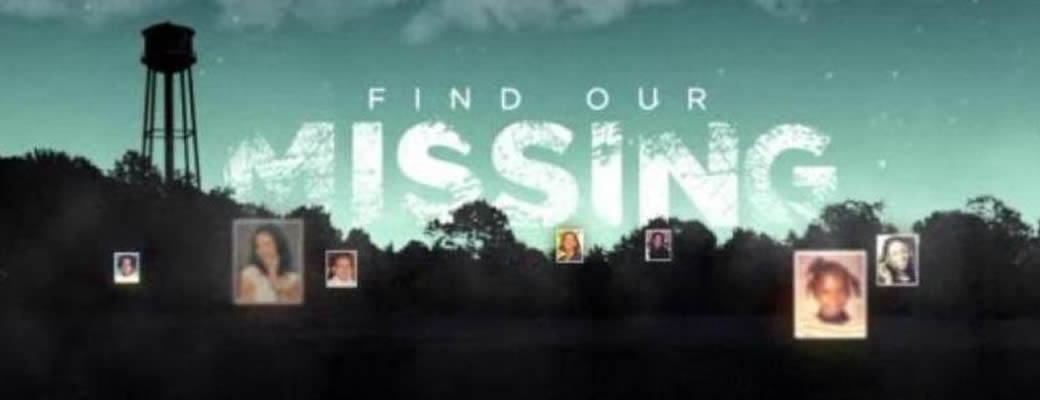TV One’s ‘Find Our Missing’ premiere draws new tips
CNN
Sarah Springer
January 19, 2012
(CNN) – The series premiere of TV One’s “Find Our Missing” on Wednesday has already drawn new tips on some missing persons cases.
“Find Our Missing,” hosted by “Law & Order” actress S. Epatha Merkerson, documents unsolved cases of missing black people in the United States. The premiere episode shared the stories of 47-year-old Pamela Butler, who disappeared in 2009 in Washington, D.C., and 5-year-old Hasanni Campbell, who vanished in Oakland, California, that same year. Eight more stories will be shared throughout the season.
The cases come from the files of The Black and Missing Foundation Inc., , which helps publicize cases of missing people of color in the United States.
The organization, founded in 2008 by sisters-in-law Derrica and Natalie Wilson, has seen a huge jump in web traffic and some new tips since the show aired, Natalie Wilson said.
Derrica Wilson, the organization’s president and CEO, said the show provides awareness about missing people whose stories often go under-reported in traditional media. The organization has helped reunite a number of families using a tip line, emergency alerts, social media and other sources. The show’s website includes message boards and other platforms to help people share information.
“This show complements the efforts of the foundation,”Derrica Wilson said. “Right now there is no platform. We don’t have any platforms such as this series to bring attention to missing persons of color.”
Craig Henry, director of programming and production for TV One, said cases involving missing black people are often overlooked because of stereotypes surrounding the black community.
“I just think that the general belief about black people is that most of us live in impoverished conditions and crime is a regular part of our lives. When you hear about people who happen to be missing, we are a bit desensitized, unfairly so, to black people and crime,” Henry said.
“Once we developed the idea we found there was an overwhelming volume of cases, the best ones were the ones that really had a lot of unanswered questions, but they also had to be of diverse backgrounds.”
The show includes interviews and re-enactments that tell the story from the day the person went missing.
“We wanted to take more of a mystery story approach,” Henry said. “The best thing would be to talk to these people and then do re-creations to pull it all together to get a well-rounded story.
“It’ll remind you of people you know. To think that someone would vanish without a shred of evidence is unthinkable, if you can imagine. The viewer is left wanting answers, too, and that’s where they do their call to action to submit information and to get involved.”
Although TV One’s audience is predominantly black, Henry doesn’t believe that will hinder outreach to a broader audience.
“We are focused on black Americans because they are so disproportionately represented. The point is we felt that it was important to utilize our audience, which is primarily an African-American audience, to help,” he said. “The more the black community is aware of how disproportionately we are being affected by a missing persons cases, they will start going to their media outlets. They’ll begin expecting more from their communities and the people that support them, which will break outside of the immediate grouping.
“‘Please get involved, call this number’ – I think that’s a powerful message.”
Photo credit: TV One

